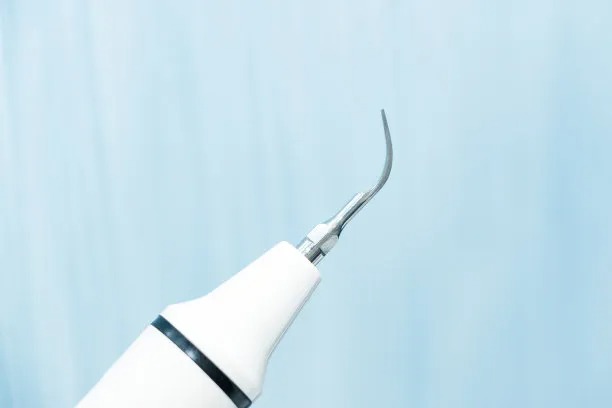Steps to Safely Extract a Tooth at Home Without Professional Dental Help
Summary: Extracting a tooth at home can seem like an intimidating task, but with proper knowledge and preparation, it can be done safely. This article outlines the steps you need to take to remove a tooth without the help of a dental professional. It emphasizes the importance of hygiene, understanding the right conditions for extraction, and managing any potential pain or bleeding. The guide also provides insights on post-extraction care to ensure optimal healing. By following these steps carefully, you can minimize discomfort and complications, making the process more manageable.
1. Assessing the Need for Tooth Extraction

Before considering extracting a tooth at home, it’s critical to assess whether removal is genuinely necessary. Common reasons include severe decay, infection, or crowding, but self-diagnosing can lead to complications. If possible, consult a dental professional even if you intend to perform the extraction yourself, as they can provide important information about your specific situation.
One way to gauge the necessity of extraction is by evaluating the pain and discomfort in the affected tooth. If over-the-counter pain relief medications do not alleviate the pain, it may indicate a more significant issue that needs addressing. Additionally, inspect the tooth for any visible signs of decay, swelling in the gums, or discoloration that could signal the need for extraction.
Ultimately, ensure you have a valid reason to remove the tooth at home. If there’s any uncertainty, err on the side of caution and seek professional advice before proceeding.
2. Preparing for the Procedure
Preparation is vital before extracting a tooth at home to ensure everything goes smoothly. Start by gathering the necessary tools: a pair of sterilized pliers or dental forceps, gauze, antiseptic wipes, and a mirror. A bright light will help you see the area clearly. Make sure to also have a local anesthetic or numbing gel if you’re particularly concerned about pain.
Another critical preparation step is to ensure your hygiene is top-notch. Wash your hands thoroughly and wear gloves if possible to minimize the risk of infection. Clean the extraction site meticulously by rinsing your mouth with warm salt water or an antiseptic mouthwash, which can help to prevent bacterial infection during the process.
Furthermore, consider your position and comfort during the extraction. Ideally, you should be seated in a well-lit area with a mirror close enough for you to see your mouth clearly. Take a deep breath to calm yourself; the more relaxed you are, the easier the procedure will go.
3. Executing the Extraction Process
Once you’re prepared and have taken all necessary precautions, it’s time to execute the extraction. Begin by using the pliers or forceps to grasp the tooth firmly, ensuring you have a good grip. Gently rock the tooth back and forth, applying steady pressure. This motion can help loosen the tooth from the gum and bone, making extraction easier.
It’s essential to avoid applying excessive force, as this can break the tooth or damage surrounding gums. If the tooth does not come out easily after a few gentle attempts, reconsider the extraction. Forcing the tooth can lead to complications, including increased pain or further dental issues.
Once the tooth becomes loose, continue to use a gentle rocking motion until it comes free. If bleeding occurs, apply gauze to the site, applying gentle pressure to stop the bleeding. Remain calm and patient; sometimes, extraction can take longer than expected, and there’s no need to rush.
4. Post-Extraction Care and Recovery
Proper aftercare is crucial for a smooth recovery following a tooth extraction. Begin by taking bites of gauze to control any bleeding, switching to fresh pieces as needed. Avoid rinsing your mouth vigorously or using straws, as these actions can dislodge blood clots and lead to complications like dry socket.
In the following days, monitor for signs of infection, which might include increased pain, swelling, or fever. Continue to keep the extraction site clean by gently rinsing with warm salt water but refrain from brushing directly on the area until it has healed adequately.
Also, manage pain with over-the-counter pain medications as needed, but be aware of labeling instructions to avoid any adverse effects. Stay hydrated and consider soft foods that require minimal chewing during recovery. These precautions can help ensure your healing process is as easy and comfortable as possible.
In conclusion, while extracting a tooth at home is possible, it must be approached with caution and thorough preparation. Thoroughly assess the necessity, gather the right tools, execute the extraction carefully, and follow stringent post-operative care for a successful outcome. Remember, professional help is always recommended if you feel uncertain or encounter complications.
This article is compiled by Vickong Dental and the content is for reference only.



